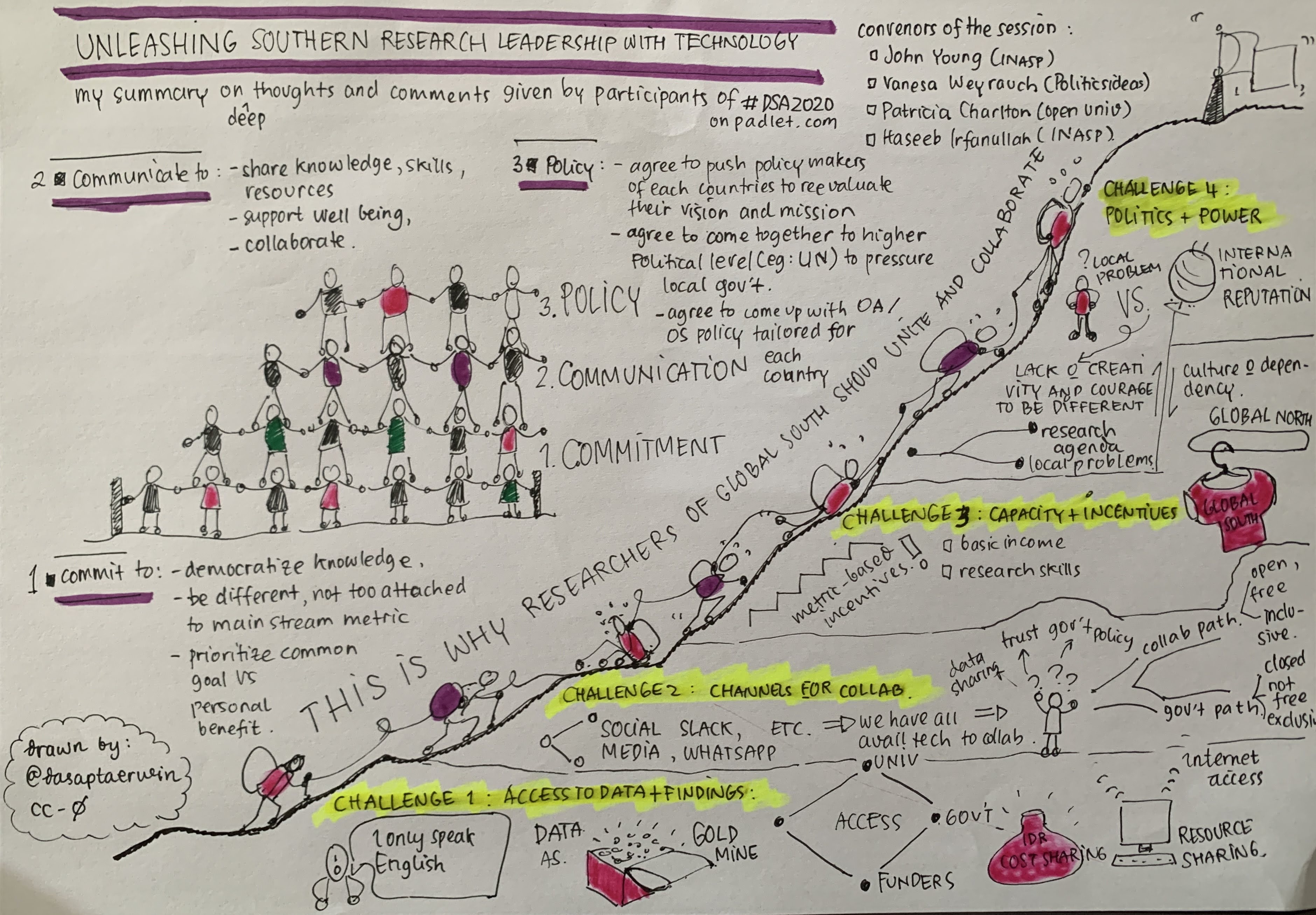

Close

Once upon a time, in the enchanting realm of business, every manager could wave their wand to assemble a group, assign tasks, and supervise progress on small-scale projects. Fast-forward now to the kingdom of today’s corporate culture, where disarrayed tasks, tangled communication lines, and a plethora of projects seem to lurk in every shadow. Welcome, then, the heroic concept of Enterprise Project Management (EPM), armed with the efficiency of tools, poised to tackle challenges and adorned with a dazzling array of benefits. So, saddle up as we embark on a magical journey to unmask the true essence of EPM, discover its shining benefits, brave its menacing challenges, and acquaint ourselves with the mighty tools that make EPM a force to reckon with in the corporate landscape. Enjoy the adventure!
Use the heading: “Unlocking Opportunities: The Power of Enterprise Project Management”.
Enterprise Project Management (EPM) is not just a strategy for organizing and managing projects, but, when used effectively, it is a powerful tool that can bring a myriad of benefits to the table. These advantages range from cost saving to risk mitigation, from improved delivery times to enhanced team productivity, and the list goes on. Highlighting some significant merits, EPM ensures coherence in aligning the projects with the strategic objectives of the organization, facilitates business-driven decision making, and paves the way for portfolio management. The implementation of this management strategy helps in bringing clarity to businesses and keeping them synchronized and focused towards a common goal.
Further, Enterprise Project Management offers a comprehensive framework that operates by integrating strategies, processes, and knowledge areas. This strategic integration allows organizations to handle complex projects more systematically - leading to budgeting effective resources, minimizing errors, maintaining a controlled environment, improving efficiency, and scaling up the project success rates. The process of implementing EPM is like charting a roadmap that illustrates and directs each step towards the successful completion of the project – signifying that every stage of the project is vital and plays a substantial role in reaching the defined objectives. Consequently, it empowers the enterprises to be more proactive, prepares them to tackle unforeseen challenges, and ensures successful project delivery, creating a win-win situation.

From the muddled web of multiple stakeholders to the demanding timelines and budget constraints, Enterprise Project Management (EPM) often feels like trying to navigate a stormy sea on a small boat. This post will serve as your guiding star through the tumultuous waters of EPM, highlighting some of the key challenges faced and how to successfully address them.
Firstly, communication issues often spell disaster in EPM. Whether it’s misaligned expectations, confusing job responsibilities, or just a lack of clear communication channels, these problems can quickly derail a project. Start by streamlining your communication. Use unified project management tools, maintain regular updates, and build a culture where everyone feels heard. This ensures everyone is on the same page and prevents any unnecessary confusion or frustration.
Secondly, managing resources effectively is another significant hurdle. Without proper resource allocation, you’ll have some team members buried under work while others are idle, leading to inefficiency and burnout. Tackle this issue by implementing strategic resource planning. Predict workloads, distribute tasks evenly, and leverage automation to optimize resource allocation. Remember, your team is your biggest asset – treat them accordingly.
Let’s lift the fog surrounding EPM together – one challenge at a time.
In the enchanting realm of enterprise project management, professionals armed with just the right tools can wield their power, making tasks disappear and projects successfully materialize with the right balance of resources and risks. These crucial tools, just as magical as a wizard’s wand, can transform a daunting project into a series of manageable undertakings. They can streamline processes, enhance communication, improve team productivity and augment overall project handling. Such a wand never makes a project manager powerful, but reveals the power within them.
The project management magic wand comes bearing several essential charms. Project planning tools enable managers to draw a blueprint, outlining project objectives, defining scope, identifying risks, and assigning resources. Gantt charts and timeline makers help orchestrate tasks – deciding who does what and when. Bridges between team members are set up by communication and collaboration tools, making sure that no one works in a silo. Any potential bottle-neck, roadblock or superfluous detail is instantaneously tackled with the use of risk management tools. These tools help in foreseeing problems and their solutions even before they occur. Budget management tools keep a vigilant eye on the allocation and expenditure of budget, ensuring everything happens within the set financial boundaries. It’s time to banish disorganization and inefficiency from your project management kingdom by choosing the right tools.

The enterprise project management system (EPM) is a change catalyst that can reshape and drive your business to new heights. However, its implementation can be tricky, complicated by factors such as ingrained legacy systems, resistance to change, and lack of adequate resources. Yet none of these should deter your organization from embracing this transformative system. Below are some hands-on suggestions to aid in the smooth transition.
Company-Wide Collaboration: A successful EPM system requires collaborative planning and decision-making across all departments. Therefore, promoting a collaborative culture within your organization is important. This includes fostering open communication, breaking down silos, and encouraging cross-functional project teams. Also, integrate the EPM system with other existing systems for enhanced synergy.
Continual Improvement: Recognize that perfect implementation from the start is highly improbable. There will be hiccups, and that’s okay; the goal is constant progress, not immediate perfection. Encourage feedback from users and use it to make improvements and optimize the system.
In conclusion, implementing an EPM system can be a complex process, but its benefits make it worth the effort. With feasible planning, excellent communication, proper training, and a culture of collaboration and continual improvement, your organization can seamlessly navigate the transformation process and reap the numerous rewards of Enterprise Project Management.
In the grand tapestry of business operations, enterprise project management functions as both the weaver and the loom, orchestrating and facilitating the transformation of raw corporate resources into the intricate designs of successful projects. The allure of effective project realization, cost optimization, and improved decision-making are just some of the brilliant threads that make up the vibrant benefits of EPM. Yet, this endeavor is not without its tangles and knots, with challenges laid out like uneven patches that threaten the consistency and quality of the final piece. Fortunately, as deft weavers before us, we have an array of swiftly evolving EPM tools, each fashioned to surmount specific hurdles.
So, don the robes of patience, cunning, and resolve and tread the winding path of enterprise project management. As you embark on this rewarding endeavor, remember, our detailed guide is always at your fingertips, providing you with the essential support and illumination at every step you take and decision you make. Make sense of the chaos, weave through the challenges, and create thoughtful masterpieces from mere threads of ideas. After all, in the realm of commerce, the ability to skilfully manage and execute projects is not just an advantage, but the very warp and weft upon which your organization’s success is woven.

